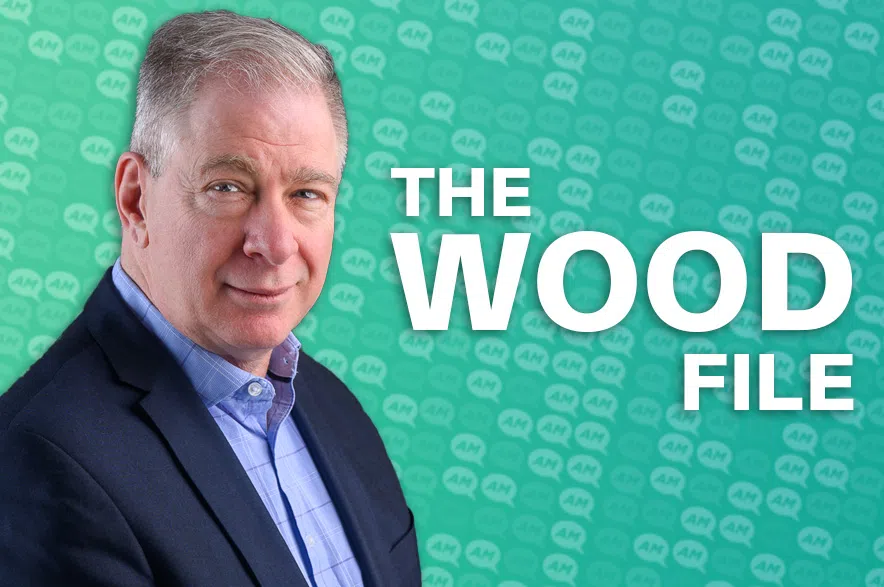CALGARY — Oil and gas industry advocates say they’re heartened by an expected agreement between Alberta and Ottawa on a new West Coast pipeline, but their optimism is tempered by the long list of obstacles that would remain.
Media reports say the federal and provincial governments are poised to announce a memorandum of understanding Thursday, affirming support for a pipeline alongside emissions-reducing measures. The agreement reportedly includes exemptions to a ban on oil tankers along B.C.’s north coast, which has been law since 2019.
“Everybody nationally might look at this as a champagne-popping opportunity. But for us, a lot has to happen in order for us to see progress,” said Gurpreet Lail, president and CEO of Enserva, an industry group whose members provide drilling and other services to the oil and gas sector.
“Signing an MOU is step one, but we actually need to progress a little bit further than that, and there’s so many details that still need to be worked out.
“I don’t know about popping champagne bottles, but we might toast with a glass of wine.”
The Alberta government has announced plans to spearhead a proposal for an Alberta-to-B.C. pipeline that could carry up to a million barrels of oilsands crude per day for export to Asian markets. It has committed $14 million to fund early work on preparing an application to Ottawa’s new Major Projects Office in the spring for a speedy review, with the goal of derisking it enough to hand it off to the private sector.
It’s been described as Northern Gateway 2.0, referring to an Enbridge Inc. project to Kitimat, B.C., that was nixed by the federal government a decade ago after protracted legal battles and intense environmental and First Nations opposition.
Premier Danielle Smith has said the province is stepping in because no private sector player is willing to invest in a project as long as the tanker ban and several federal environmental policies remain in play.
Randy Ollenberger, managing director at BMO Capital Markets, said he’s skeptical the MOU alone will coax a private-sector proponent out of the woodwork.
“The starter gun has just gone off and it’s a marathon and we’re really far away from the finish line yet,” he said, adding too many questions around cost remain.
The price tag of the Trans Mountain pipeline expansion to the Vancouver area, built by the federal government when its former proponent Kinder Morgan walked away, ballooned from $7 billion to $34 billion over the course of a decade.
“There’s no publicly traded pipeline company that’s going to step up and say, ‘I’ve got a blank cheque. It’s going to cost $50 billion, $40 billion — I don’t really care,'” Ollenberger said.
“There’s no proponent stepping up because they don’t know what the regulations are, they don’t know what the conditions are in terms of how they can build it. If they can build a pipeline for a reasonable price, you would have a proponent step up.”
Richard Masson, executive fellow at the University of Calgary’s School of Public Policy and former head of the Alberta Petroleum Marketing Commission, said any new project would have to compete with alternatives.
Enbridge and Trans Mountain Corp. each have plans to expand existing networks to the U.S. and Vancouver area, respectively. Those should be able to serve current production forecasts through to 2030.
Northern Gateway would have had two parallel pipelines — one bringing diluted oilsands bitumen west, and another bringing ultralight oil from the coast eastward to thin out the bitumen enough to flow.
It’s unclear whether a new plan would be the same.
“When you start to look at that you say, ‘Holy smoke. Can we build something like that with a toll that would be competitive to the alternatives?'” said Masson.
Zach Parston, national infrastructure leader at KPMG in Canada, said lifting the tanker ban would be a “helpful symbolic gesture.”
But, he said, “there are projects and then there are pipeline projects.”
Getting new pipelines built has been notoriously difficult in Canada in recent years. They’re capital-intensive undertakings that take a long time to build and need to be underpinned by commitments from producers to actually fill them up.
Indigenous and environmental opposition to some projects has been fierce and one environmental campaigner has said opposition to a new West Coast pipeline would make Northern Gateway and other defunct proposals look like a “kids’ birthday party.”
Lifting the tanker ban likely “isn’t sufficient on its own to change investment calculus,” Parston said.
“Ultimately, these projects need to continue to be derisked. Things like corridor certainty, predictable permitting, broad support from local communities and Indigenous Nations and competitive investment climate are going to be critical to that decision to invest in pipelines in Canada.”
This report by The Canadian Press was first published Nov. 26, 2025.
Companies in this story: (TSX:ENB)
Lauren Krugel, The Canadian Press











